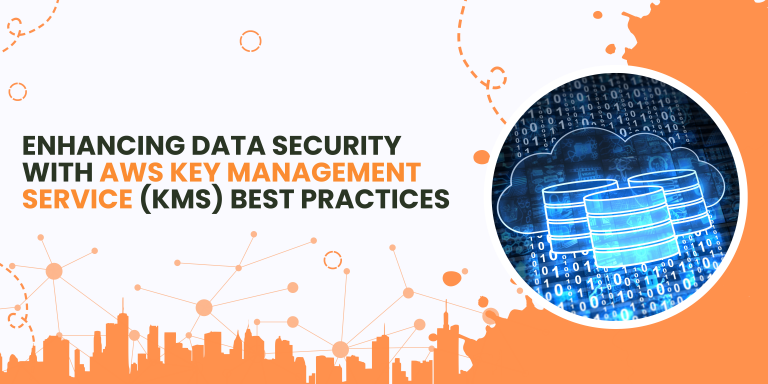Is there anyway to backup EBS volume in AWS?
Yes, there are several ways to backup EBS volume. It is very important to backup volumes regularly as we are having our important information and application data stored in it. In case if the volume gets failed/corrupted we can easily recover our data rather than loosing it.
To illustrate the importance of the EBS backup, let’s consider a user story. Vikas is a Sr. Developer who is running a web application on EC2 instance using EBS volume to store his application data.
One day the EBS volume got corrupted and he is not able to access his application data. Without a backup of his EBS volume, he would have to recreate the application from the scratch which will take couple of weeks.
However Vikas had taken EBS backup regularly then, he would able to quickly restore his application data from EBS backup to a previous point in time and recover his application with minimal downtime.
However, like any storage system, EBS volumes can fail or become corrupted, which is why it is essential to have a backup strategy in place.
One of the primary ways to backup EBS volumes is by using EBS snapshots. EBS snapshots are point-in-time copies of EBS volumes that are stored in Amazon S3. You can use these snapshots to create new EBS volumes, recover data, or migrate data to another region. Snapshots are incremental backups, which means that only the blocks that have changed since the last snapshot are saved, making them an efficient and cost-effective backup solution.
You can take EBS snapshots automatically using AWS Lambda and Amazon CloudWatch Events.
Here are the steps to set up an automatic EBS snapshot:
- Create a Lambda function: Start by creating a Lambda function that will take the EBS snapshot. You can write this function in Python, Node.js, or any other supported language.
- Add permissions: Add the necessary permissions to the Lambda function so that it can create EBS snapshots. You can use an AWS Identity and Access Management (IAM) role to grant the necessary permissions.
- Configure CloudWatch Events: Next, configure a CloudWatch Events rule to trigger the Lambda function at a specific time or interval. For example, you can set the rule to trigger the Lambda function every day at midnight.
- Test the setup: Test the setup by manually triggering the CloudWatch Events rule and verifying that the Lambda function creates an EBS snapshot.
Here’s an example Lambda function in Python that creates an EBS snapshot:
import boto3
def lambda_handler(event, context):
ec2 = boto3.resource('ec2')
volume_id = 'your_volume_id'
description = 'Automatic snapshot'
snapshot = ec2.create_snapshot(VolumeId=volume_id, Description=description)
snapshot_id = snapshot.id
print('Created snapshot: ' + snapshot_id)This function uses the Boto3 library to create an EBS snapshot for the specified volume ID and description.
Once you have tested your Lambda function, you can create a CloudWatch Events rule to trigger it automatically. To create a CloudWatch Events rule, follow these steps:
- Open the CloudWatch console.
- In the navigation pane, choose “Events”, then “Create rule”.
- In the “Event Source” section, choose “Schedule”.
- Choose the desired schedule interval or cron expression for your snapshots.
- In the “Targets” section, choose “Lambda function”.
- Choose the Lambda function that you created earlier.
- Choose “Configure details”.
- Enter a name and description for your rule.
- Choose “Create rule”.
That’s it! Your Lambda function will now be triggered automatically at the specified interval, and it will create an EBS snapshot for your specified volume.

AWS Backup is another option for backing up EBS volumes. AWS Backup is a fully managed backup service that provides a centralized console for managing backups across multiple AWS services. With AWS Backup, you can set backup schedules, retention policies, and restore points, making it an excellent option for managing backups at scale.
Conclusion:
EBS volumes are a critical component of many AWS workloads, and it’s essential to have a backup strategy in place to protect against data loss. EBS snapshots and AWS Backup are two backup solutions that can help you protect your data and recover quickly in the event of a failure.







